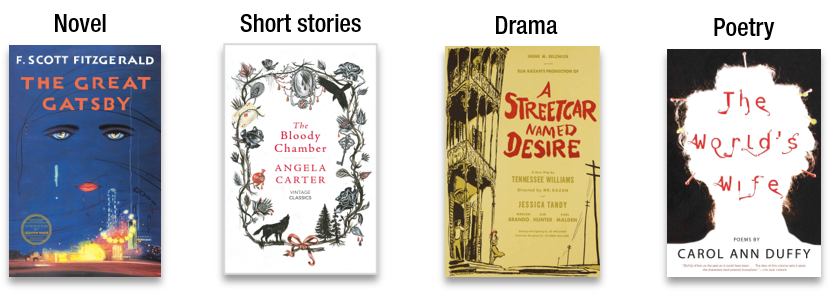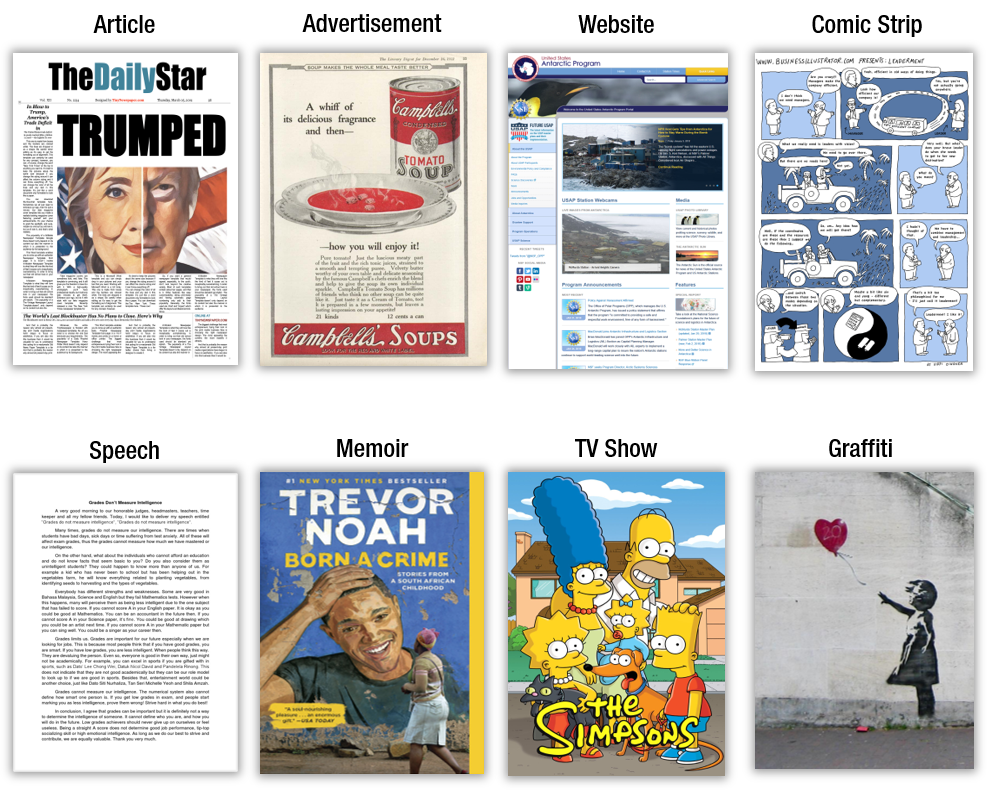New IB Literature vs Language & Literature 2020

The Great Alignment
Great news! IB English A programs are aligned this time around. Both Language & literature (LangLit) and Literature (Lit) not only share the same assessment components, they also share the same assessment criteria. Where they differ is in the number and type of works/texts studied.
Literary works
Both Lit and LangLit students study works of fiction, which include 3 genres—novels or short stories, drama, and poetry. Over the 2-year program, students will study at least 1 work from each of these genres:

IB Teachers choose works that represent as wide a variety of literary forms, places, times and voices as possible. These can also include non-literary works, such as Creative Non-fiction—creatively written essays, speeches, and even travel articles, for example.
Number of works and texts
The number of works ranges from 4 to 13, and the number of texts will vary from teacher to teacher.
Lit students study 9 works at SL and 13 at HL whereas LangLit students study 4 at SL and 6 at HL. LangLit students also analyze various non-fiction texts as mentioned earlier.
|
LIT |
LangLit |
||||
| Works |
Texts |
||||
|
SL |
HL | SL | HL | SL | HL |
| 9 | 13 | 4 | 6 |
various |
|
Non-literary texts
LangLit students study non-literary texts—the ‘Language’ portion of their program. These texts are works of non-fiction, and they include articles, ads, websites, comic strips, speeches, memoirs, TV/film, photographs, and even graffiti, to name just a few.

Areas of Exploration
Works and texts are explored across 3 areas. These are Readers, Writers and Texts (or how a work is produced and how is it interpreted), Time and Space (or contexts of time and place), and Intertextuality (or connections among and between works and texts).
Distribution of works and texts
The table below offers an example of how teachers might distribute their works across each of the areas of exploration. Texts are not shown; however, students can expect a minimum of 2 texts per area of exploration.
|
LangLit |
Lit |
|||
|
Areas of exploration |
SL | HL | SL | HL |
| Readers, Writers, Texts | 2 works | 2 works | 3 works | 5 works |
| Time and Space | 1 work | 2 works | 3 works | 4 works |
| Intertextuality | 1 work | 2 works | 3 works | 4 works |
Assessment Components
The same assessment components are shared across Lit and LangLit programs. SL students are assessed in 3 areas—the Individual Oral (IO), Paper 1 and Paper 2, and HL students are assessed in 1 more area, the Higher Level Essay (HLE).
|
Components |
Description |
Assessed |
HL |
SL |
| IO | 10-Minutes presentation | Internally assessed | 20% | 30% |
| Paper 1 | Guided analysis | Externally assessed | 35% | 35% |
| Paper 2 | Comparative essay | 25% | 35% | |
| HLE | Formal essay | 20% | NA |
The IO is assessed by the teacher whereas the other components are assessed by IB examiners. In other words, the teacher assesses only 30% of a students’ IB English score. The other 70% is assessed by IB.
Assessment Components Explained
The following descriptions hold for both Lit and LangLit students. The difference is that Lit students focus on 9-13 literary works whereas LangLit students focus on 4-6 literary works and a variety of non-literary texts.
|
IO(10min presentation, 5min question period) |
| Students analyze extracts from 2 literary forms and compare these based on a global issue. |
|
Paper 1 (SL 1hour 15min / HL 2hours 15mins) |
| Students write a commentary essay on 1 of 2 unseen texts. Lit students analyze literature extracts whereas LangLit students analyze non-literature extracts. HL students write 2 separate commentary essays, one for each unseen paper. |
|
Paper 2 (1hour 45min) |
| Students choose 1 of 4 prompts to compare 2 works studied, works other than those presented in the IO and discussed in the HLE. |
|
HL Essay (a few months) |
| HL develop a line of inquiry of their own choice in relation to one of the texts or works studied, and then plan and write a formal essay of 1200-1500 words. |
Assessment Criteria
Four assessment criteria are shared across Lit and LangLit programs. Identical as well are the weighting and distribution of marks.
|
IO |
P1 SL |
P1 HL |
P2 |
HLE |
|
|
Criterion A |
10 | 5 | 10 | 10 | 5 |
|
Criterion B |
10 | 5 | 10 | 10 | 5 |
|
Criterion C |
10 | 5 | 10 | 5 | 5 |
|
Criterion D |
10 | 5 | 10 | 5 | 5 |
| Total marks | 40 | 20 | 40 | 30 | 20 |
HL students have double the marks for Paper 1 because they are required to write two separate commentary essays, each worth 20 marks.
Additional assessments
Throughout the program, students will have additional tests and tasks. The results of these go towards students’ prospective grade (PR) for university entrance applications, and they are not counted towards students’ final IB English score—unless exams are canceled, in which case the results may be counted.
Assessment timeline
Assessment components occur in 3 waves, at the beginning, middle, and end of each year of the two-year program, as shown in the table below.
|
Component |
Timeline |
| IO | end of the 1st year OR start of the 2nd year |
| Paper 1 | end of the 2nd year |
| Paper 2 | end of the 2nd year |
| HLE | middle of the 2nd year (draft); due end of 2nd year |
Mock exams are held, unofficially, in the 1st year and officially in the 2nd year. Official mocks are delivered under exam conditions giving students a chance to experience what the real exams will be like. Unofficial mocks are held in the classroom under non-exam conditions.
|
Mocks |
Timeline |
| IO | middle of the 1st year OR start of the 2nd year |
| Paper 1 | middle of the 1st year and end of the 2nd year |
| Paper 2 | end of the 1st year and the 2nd year |
In Sum
Lit and LangLit progams are fairly aligned. They share the same assessment components and criteria and differ only in the number and type of works and texts studied.
About The Edge
The Edge Learning Center is Hong Kong’s premier Test Preparation, Academic Tutoring, and Admissions Consulting services provider. Founded in 2008, The Edge has helped thousands of students improve their ACT and SAT scores as well as their IB and AP grades. The AC team has just finished off another successful period in which students gained acceptance to schools such as MIT, UChicago, Columbia, and more! Check out the rest of our 2019 Admissions Results!

